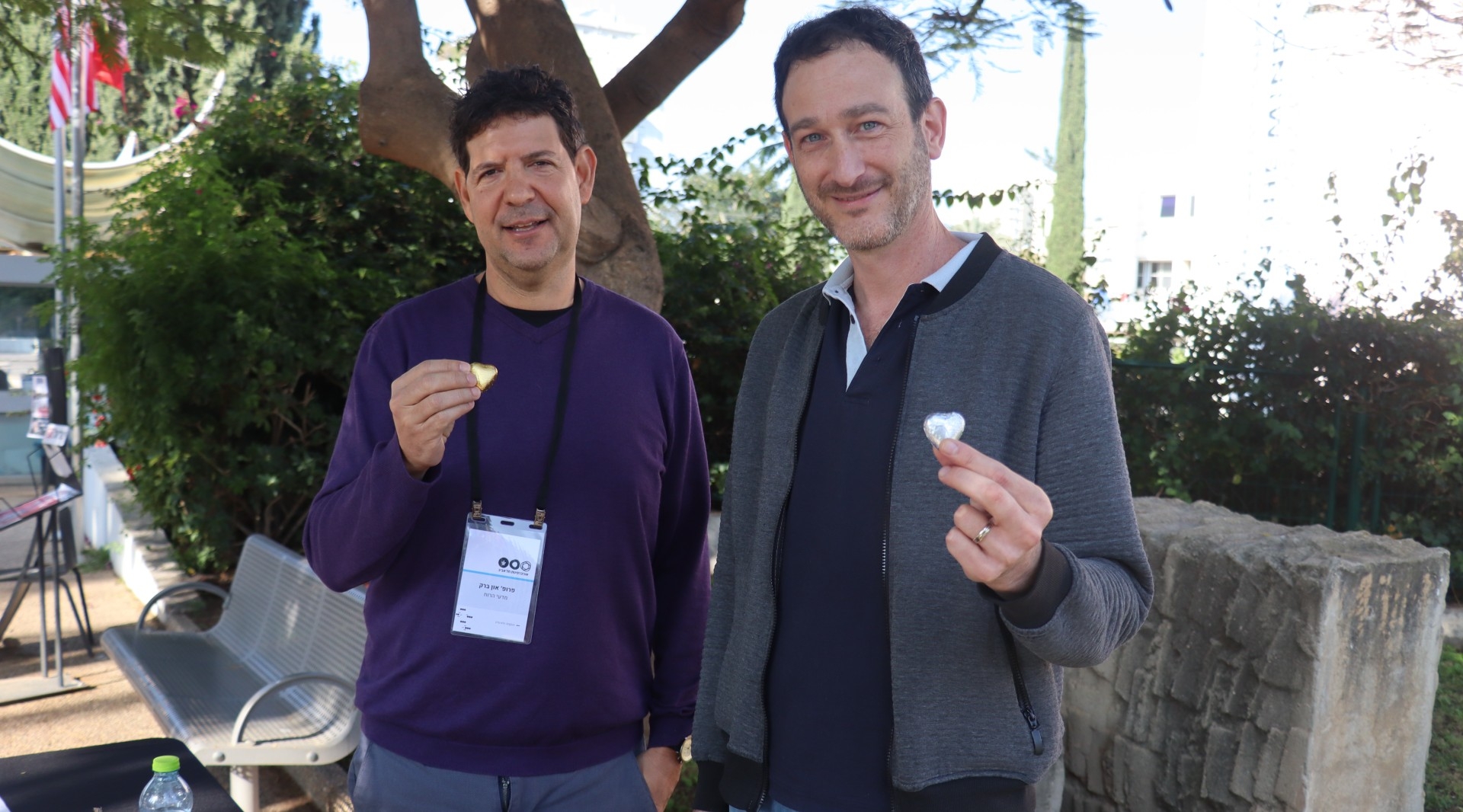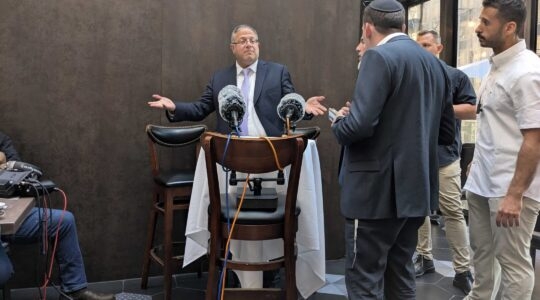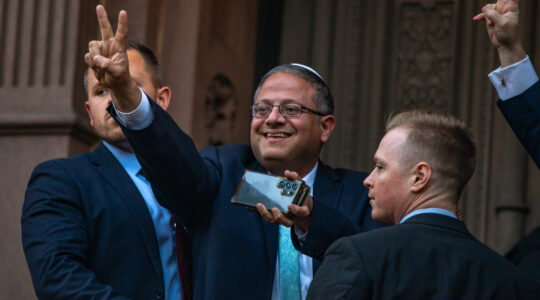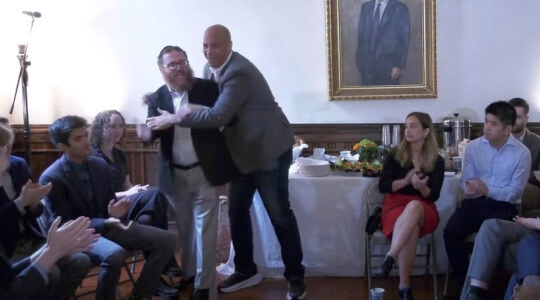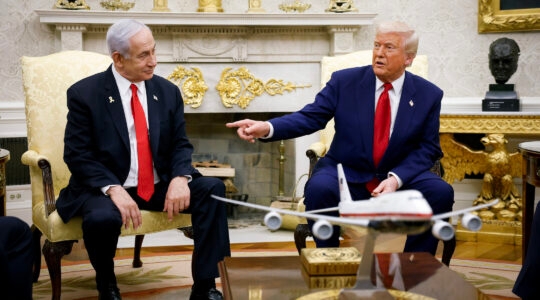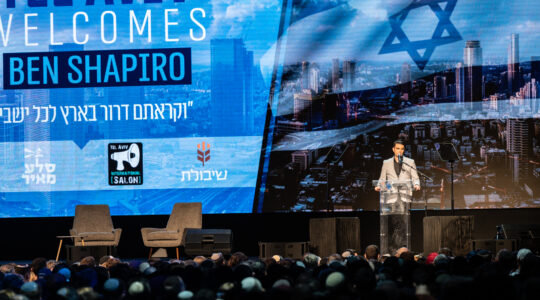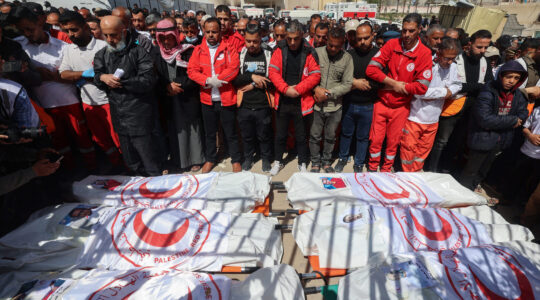JERUSALEM – Student unrest over the Gaza war has turned US college campuses into what some describe as war zones.
Students are taking over buildings, protesters are disrupting commencement ceremonies, and police have been summoned to employ force to dismantle protest encampments or, in some cases, quell violence between different factions.
Yet in Israel, where the actual war is unfolding, college campuses filled with Jews and Arabs have managed to stay relatively calm. This, despite the fact that many Jewish students are army reservists who took part in the combat in Gaza and many of the Arab students are Muslims with family in Gaza and the West Bank.
The quiet at Israeli universities isn’t just happenstance or good fortune, insiders say, but the result of painstaking work over months to minimize possible conflict between Israeli Arabs and Jews on campus.
For example, at Tel Aviv University — Israel’s largest institution of higher learning, with nearly 30,000 students, 14% of whom are Arab — a team of administrators implemented a broad action plan after Oct. 7 that touched on virtually all aspects of university life, including strengthening coexistence leadership programming, increasing Arabic-language signage on campus and developing a system for fielding complaints about students’ comments on social media.
“We did everything to provide our students with a sense of normalcy,” said Prof. Neta Ziv, Tel Aviv University’s vice president for diversity, equity and inclusion (DEI). “Many students told us they just wanted to leave everything outside the university gates.”
Much of the coexistence work on Israeli campuses has been funded and supported by American Jews, with UJA-Federation of New York playing a key role. Working in partnership with Gisha, a joint program by some 30 Israeli colleges and universities to advance DEI work in Israeli academia and developed by the Edmond de Rothschild Partnerships, UJA-Federation provided grants worth more than $400,000 since the outbreak of war to help dozens of universities develop programs to minimize Jewish-Arab student conflict. These funds are part of the more than $94 million in Israel emergency funding UJA-Federation has allocated to date.
“Immediately after Oct. 7, there was a great fear that college campuses in Israel, where Jews and Arabs regularly come into close contact, would become a dangerous flashpoint,” said Itzik Shmuli, director general of UJA-Federation’s Israel office.
“Emotions were extremely raw, and we envisioned tense scenes between Jewish students,” Shmuli said. “A two-sentence exchange by a soldier triggered by hearing Arabic in the dormitory, or a teacher talking about martyrs in the classroom, had the potential to create an explosion on campus. There were fears that our learning environments could easily become unsafe.”
The beginning of Israel’s academic year was pushed back by more than two months in part because so many students had been called away to military reserve duty in the Israel Defense Forces. However, when the semester finally started on December 31, most of those fears didn’t play out.
“Before the semester we were very worried,” said Prof. Mona Khoury, vice president for diversity and strategy at Jerusalem’s Hebrew University, which has 25,000 students spread over multiple campuses. “But we had virtually no conflicts between students.”
Hebrew University received $20,000 from UJA-Federation to develop campus leadership groups composed of Jewish and Arab students. A disciplinary committee tasked with dealing with problems had to meet on only three cases, each of which ended with people apologizing, according to Khoury.
“Throughout the country, there were actually a surprisingly small number of academic incidents that required disciplinary measures,” Shmuli said. “This is in part due to educational frameworks that had been put into place to prepare for these situations.”
DEI programming is a relatively new phenomenon on Israeli campuses and differs significantly from the American model for DEI. In Israel, DEI efforts focus mostly on bridging socioeconomic gaps between minority groups like Arabs, haredi Orthodox Jews, Ethiopian Israelis, LGBTQ+ students, and people with disabilities.
Even before the war, Gisha hosted an online forum where DEI leaders from Israeli universities met weekly to share experiences and discuss challenges.
“We already knew what was happening at each institution,” said Yosepha Tabib-Calif, who as vice president for strategy and academic programs at Rothschild Partnerships oversees the Gisha program.
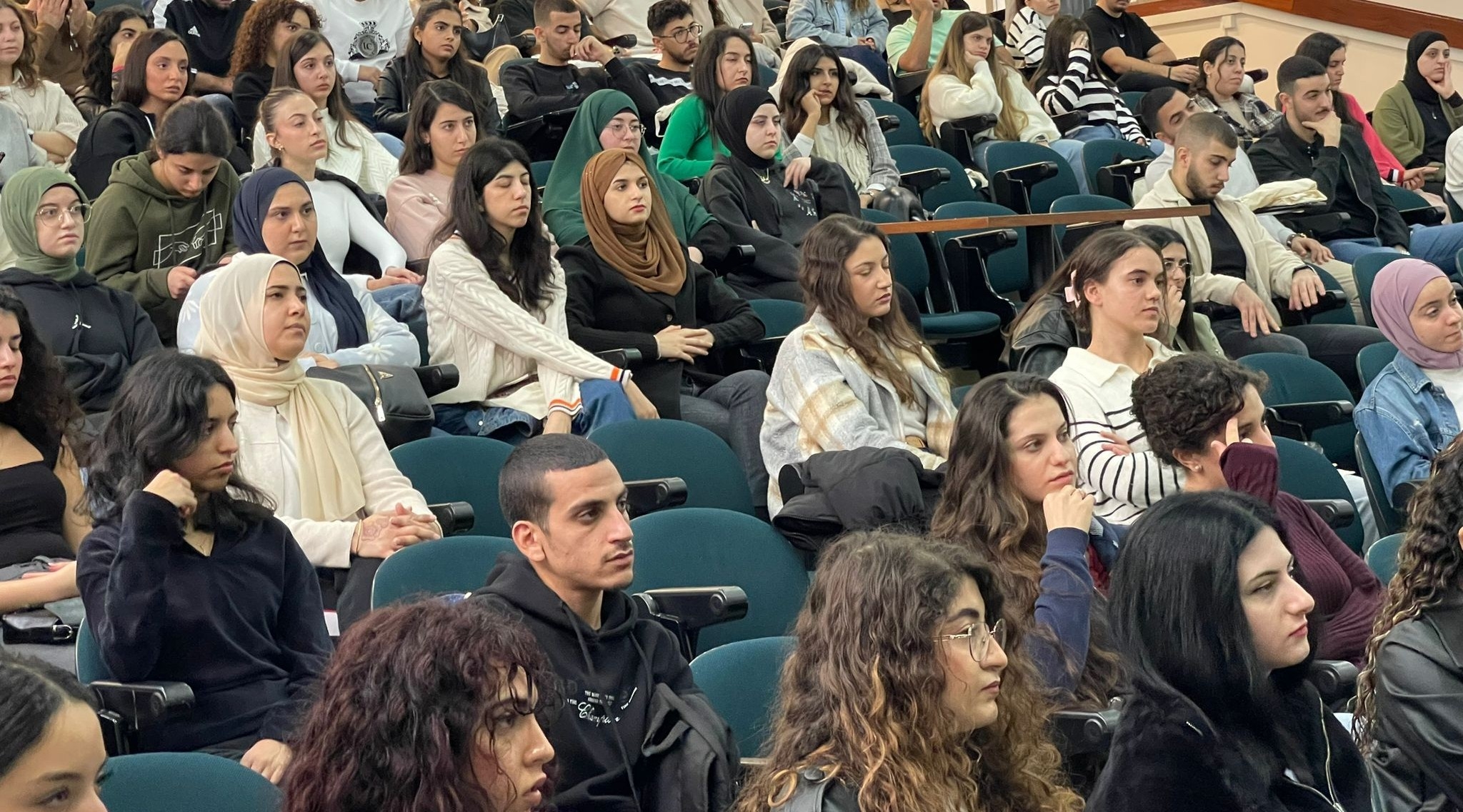
Over 800 staffers at Tel Aviv University attended workshops on the subject of Teaching in a Diverse Classroom During Tense Times, as part of preparation for the 2024 school year. (Courtesy of Tel Aviv University)
Projects funded by grants after Oct. 7 were divided into three main categories, according to Tabib-Calif. The first was developing infrastructure on campus — including staffing and departments — to develop, implement and enforce strategies for managing tense interactions.
The second was the creation of Jewish-Arab leadership programs where students could work together and train student ambassadors to address tensions. The third was training students and faculty through workshops, one-on-one training and ongoing consultation with experts.
In the end, 16 academic institutions were awarded grants of between $10,000 and $36,000 each. Among them was a $29,000 grant to Tel Aviv University.
Even before the semester started, the university was fielding a tsunami of complaints about student comments on social media, some of which tested Israeli laws against incitement or violated the school’s code of conduct. Some 70% complained of Arabs expressing support for Hamas or the Oct. 7 massacre, according to Ziv, and 30% were about Jews inciting violence against Arab students.
“One of the first issues that came up was freedom of speech,” Ziv said. “How can we, as a university, make sure everyone can express themselves as freely as possible without threatening others’ feelings of safety?”
After dozens of investigations, charges were brought against just three students. Others were summoned for meetings where administrators encouraged them to sympathize with how someone from the other side might feel — for example, if a classmate with a sister kidnapped in Gaza read an online student post sympathetic toward Hamas’s attack.
“Through dozens of meetings like these, I hope we were able to help them understand that we are all part of a community that is made up Jews and Arabs, right-wingers and left-wingers, and everybody is grieving,” Ziv said.
Tel Aviv University conducted hundreds of hours of workshops, consultations and meetings with more than 800 faculty members to prepare them for when issues arose and explain who to call for help. University administrators also met with Arab and Jewish student organizations to hear their concerns and ensure them the university was committed to their safety.
“But we explained to them that they also need to take responsibility to make sure their peers stay safe,” Ziv noted. “If they want to feel at home, they need to treat others the same way.”
When students arrived back on campus for the beginning of the semester, they were personally greeted by faculty members with chocolates and a welcome packet including information about safe speech and rules for campus coexistence.
There was also a refresher on rules about carrying weapons on campus, and students were told that political assemblies would not be allowed during the first three weeks of the semester to set a more peaceful tone. Signs were placed around university buildings in Hebrew and Arabic reminding students to act responsibly.
Throughout the semester that wrapped up in mid-March, Tel Aviv University experienced very few incidents. Ultimately, Ziv said, most students just want to study in peace and quiet.
JTA has documented Jewish history in real-time for over a century. Keep our journalism strong by joining us in supporting independent, award-winning reporting.
This story was sponsored by and produced in partnership with UJA-Federation of New York, which cares for Jews everywhere and New Yorkers of all backgrounds, responds to crises close to home and far away, and shapes the Jewish future. This article was produced by JTA's native content team.
More from UJA-Federation of New York